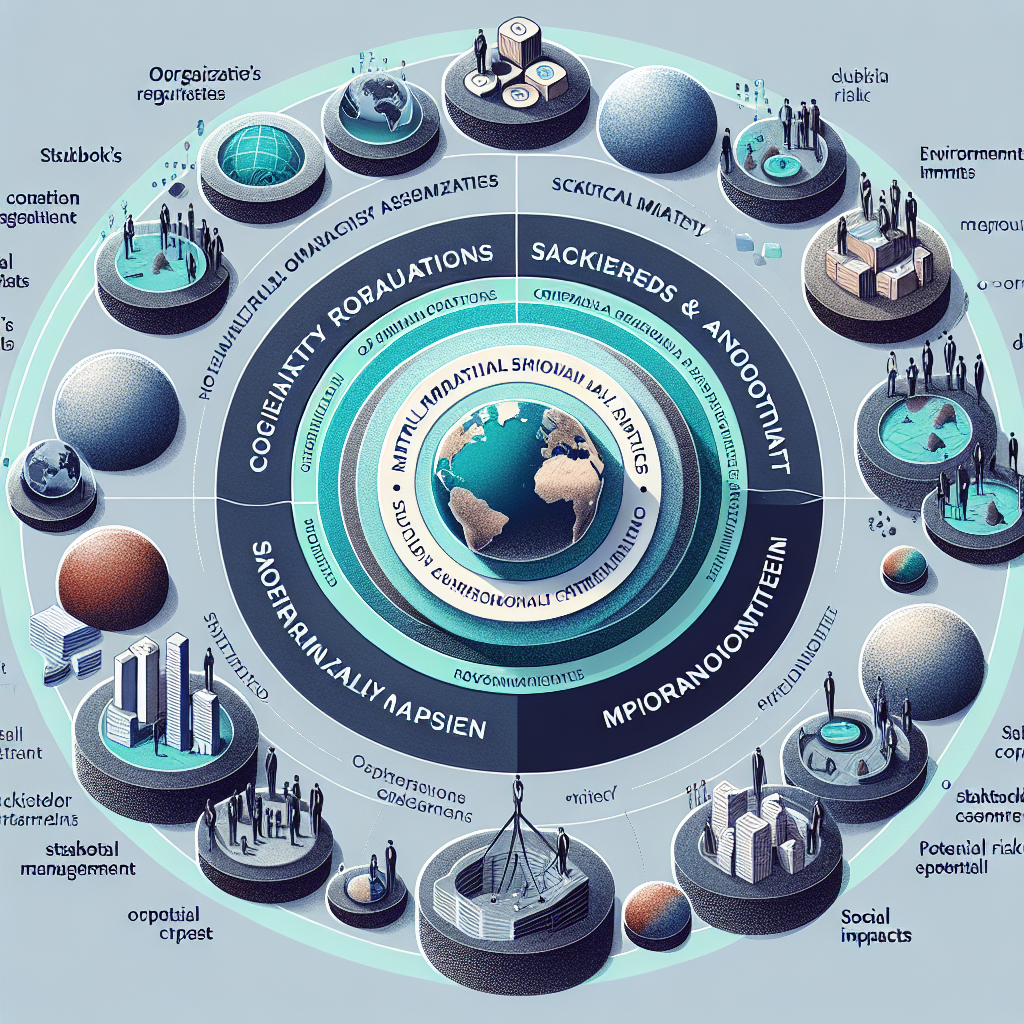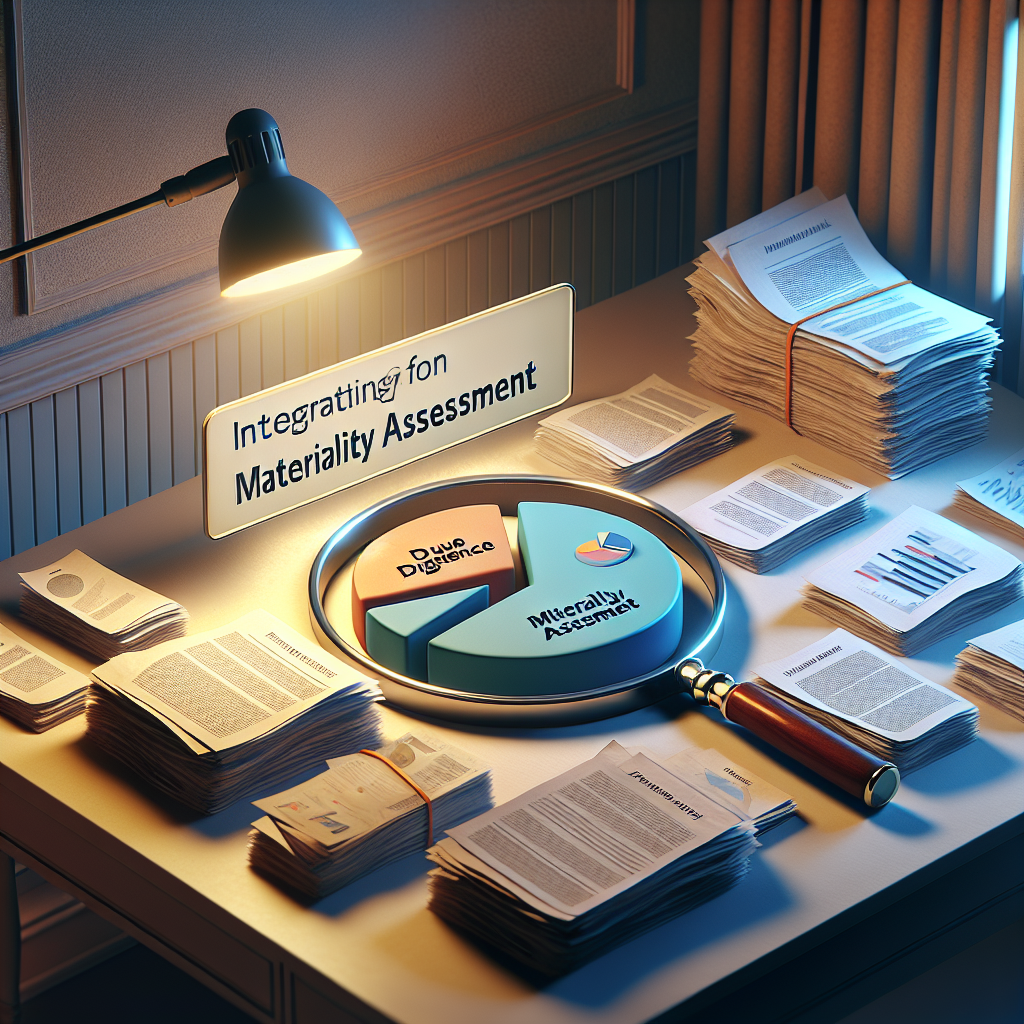02 Oct Materiality in the Context of Risk and Opportunity Management
Table of Contents Understanding Materiality in Risk Assessment The Role of Materiality in Opportunity Identification Integrating Materiality into Strategic Decision-Making Materiality and Stakeholder Engagement in Risk Management Measuring Materiality: Tools and Techniques for Effective Management Materiality in the context of risk and opportunity management refers...










